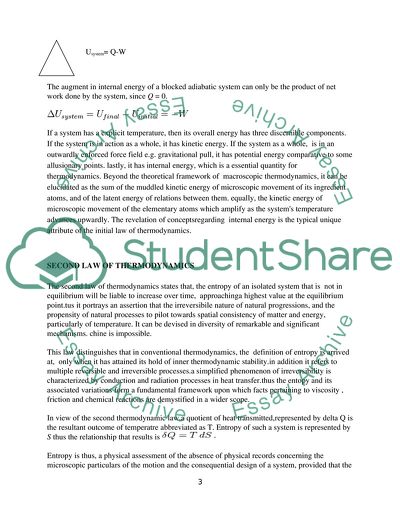Cite this document
(Energy Transfer and Thermodynamics Assignment Example | Topics and Well Written Essays - 2250 words, n.d.)
Energy Transfer and Thermodynamics Assignment Example | Topics and Well Written Essays - 2250 words. https://studentshare.org/chemistry/1846763-energy-transfer-and-thermodynamics
Energy Transfer and Thermodynamics Assignment Example | Topics and Well Written Essays - 2250 words. https://studentshare.org/chemistry/1846763-energy-transfer-and-thermodynamics
(Energy Transfer and Thermodynamics Assignment Example | Topics and Well Written Essays - 2250 Words)
Energy Transfer and Thermodynamics Assignment Example | Topics and Well Written Essays - 2250 Words. https://studentshare.org/chemistry/1846763-energy-transfer-and-thermodynamics.
Energy Transfer and Thermodynamics Assignment Example | Topics and Well Written Essays - 2250 Words. https://studentshare.org/chemistry/1846763-energy-transfer-and-thermodynamics.
“Energy Transfer and Thermodynamics Assignment Example | Topics and Well Written Essays - 2250 Words”. https://studentshare.org/chemistry/1846763-energy-transfer-and-thermodynamics.


